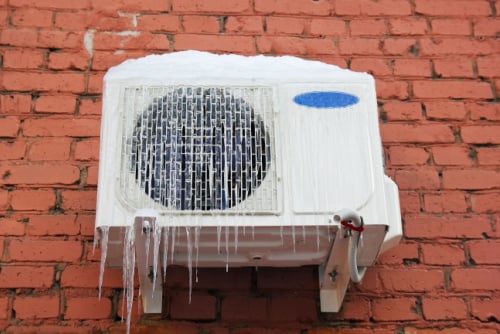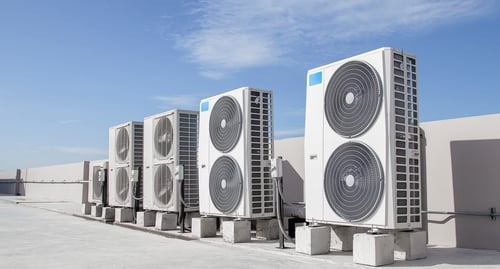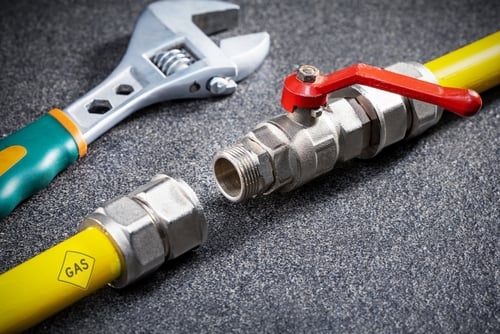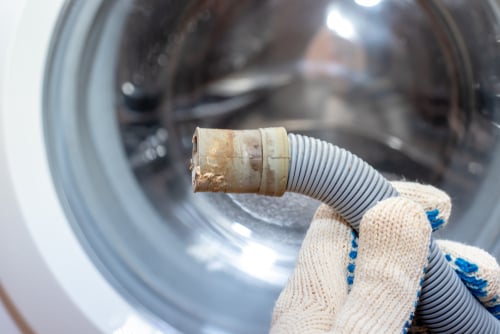Winter is on its wet, windy way. No matter how old or new windows and doors in your home may be, now is the time to make sure they’re doing their job properly. They’re expensive to replace, so you want them to last as long as possible.
Icy winds and frigid air will look for anywhere they can to infiltrate your space. This can make your home drafty and uncomfortable, and might drive up your utility bill as your furnace works overtime to make up for the heat loss.
If properly taken care of, home windows should give you around 15 years of useful life. If yours are approaching that milestone, you’d be wise to give them a good inspection and decide whether winterizing windows can extend their useful life, or if they need to be replaced.
Some clear signs your windows are past their prime:
- They’re getting hard to open or close.
- Condensation is showing up on the windows.
- Heating/cooling bills are higher than normal.
Replace Your Windows and You’ll See Savings Over Time.
If you decide to go with new windows, of course you’ll be making an up-front investment. Depending on the size of your home and how poorly insulated your current windows are, upgrading from single-pane windows to double-pane, Energy Star certified windows should save you between $100 and $500 in energy bills every year (source: This Old House - https://www.thisoldhouse.com/windows/reviews/energy-efficient-windows-cost).
Energy-efficient, double-pane windows are more expensive, but they’re worth it. Not only do they cut your heating and cooling bills, your home will be cooler in summer and warmer in winter. Plus, with their thicker glass and high-quality materials, they’ll hold up longer to moisture.
Tips From Our Expert - How to Winterize Your Windows.
A Universal HVAC-certified maintenance technician with nine years of experience in plumbing, appliances, electrical and HVAC, Chance Harper has also worked as a handyperson. He knows just about everything there is to know about keeping a home up and running. As one of our trusted Frontdoor Experts, Chance offered these tips to help you keep your home cozy this winter.
One Simple Tip: Weatherstrip.
Whether you use foam, rubber tubing or rigid gaskets to seal the gaps between windows and their frames, the idea is to create a barrier against the cold winter air.
If you’re fairly handy, you should be able to weatherproof your windows without much hassle. You can find affordable options that are self-adhesive, some that fit into place using tension, even some that attach with magnets.
Next, We’re Talking Caulking.
Check the caulking around the outside of your windows. If they’re old enough, it’s probably been deteriorating or shrinking, opening gaps for cold winter air to get inside your home.
- Step one: remove that old caulk. A putty knife or screwdriver will do the trick. Be careful not to damage the window frame while you’re removing the caulk.
- Step Two: Then make sure you pick up a caulking compound designed for outdoor applications, load it into your caulk gun, and start sealing.
It Wouldn’t Hurt to Add an Insert.
Window inserts, or storm windows, are designed to fit snugly into your window frames, creating a practically airtight seal to keep out the cold—not to mention street noise.
If your windows come with them, use them. If not, or if you want to weatherize a glassed-in porch or other area, you can have them custom-made to fit—for a price. Considering the benefits, it’s an option that’s worth looking into for winterizing your windows.
Think Shrink.
You can pick up a DIY shrink-wrap kit at just about any home improvement store. Install the plastic sheets to your windows using the double-sided tape provided, then use an ordinary hair dryer to shrink it tight.
You can completely seal the entire frame and keep air from moving in or out of the room. For an even better seal, weatherstrip and/or caulk before you put up the plastic sheet.
For Simplicity’s Sake, Try a Snake.
A draft stopper or draft snake can be at least a temporary solution until you can proceed to a more permanent one.
Just a long sleeve filled with dry rice or another dense material, this is something you can pick up inexpensively or make out of old socks or sweatpants. Lay them along the bottom edges of the windows, and they’ll block some of the cold air from outside, but they‘re a far sight from air-tight.
Look Up.
No window inspection checklist is complete without checking your skylights. They're great for letting in sunlight and adding a sense of space to a room. But just like horizontal windows, they can leak air and water.
You should always check for any signs of brownish discoloration on the surfaces below the skylights that indicate water is invading and air is escaping. Cut a small hole in any stained drywall to check for moisture, which is a sign of rot or gaps in the skylight.
You should also occasionally get up on the roof and check for any openings between the flashing or the shingles. Clear away any debris that’s been collecting around the perimeter of the skylights.
Don’t Forget to Winterize Doors.
For old windows that always let in a chill, it may be time to replace them with new double-pane windows that help retain heat and cool the home during hotter weather.
Weatherstripping, weather foam, rubber tubing, or rigid gaskets can seal windows and frames, preventing chilly air from entering the home. You may also need to adjust the door by adjusting the hinges.
Plus, caulking the area around the outside of your window will fill gaps where chilly air would enter the home.
Don’t forget the doors! Check for light pouring in through the cracks of a door frame. Add weather stripping anywhere light seeped through. Remember to check periodically to make sure the door can open and close easily throughout this process.
Winterizing windows and doors can help keep your family warm and cozy—and give your energy budget a break. If you need help with this project—or any other tasks around the house—download the Frontdoor® app and schedule a video chat with a helpful, friendly Expert. And if you haven’t heard, we’re now offering unlimited video chats. So there’s no reason to put off asking for help working through any repair around the house, big or small.
Was this article helpful?






